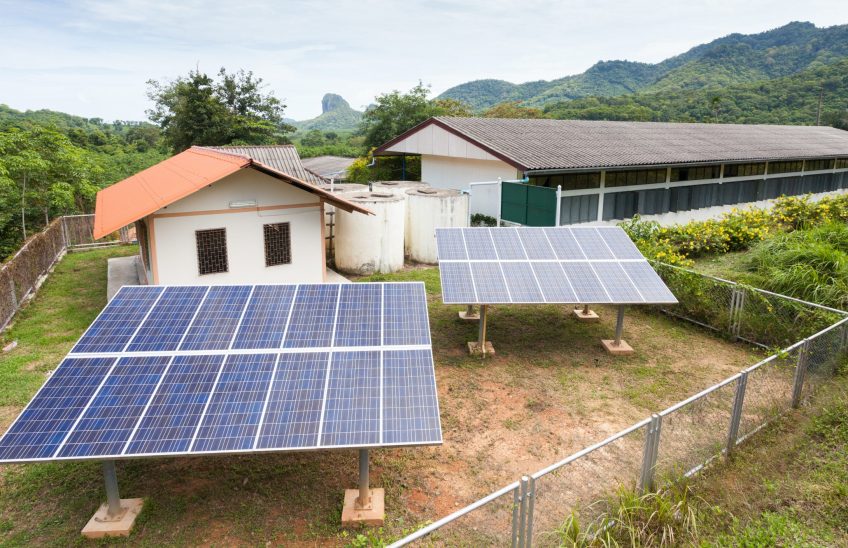South Africa’s public (non-private) schools face many challenges, especially budgetary constraints, and even more so for schools in the lower four of the five affluence quintiles. These budgetary constraints are compounded by the rising cost of water and energy, of which schools are heavy and often wasteful users.
The COVID-19 pandemic continues to wreak havoc on global operations and economies. Inadvertently, lockdowns and working from home have reduced the daily carbon footprints of transport and office buildings. One of the unintended consequences of these reductions is the ability to measure the differential demand of occupants, to benchmark the base load of these buildings, and identify opportunities for efficiency improvements. Professors Samuels, Grobbelaar and Booysen of respectively the Department of Electrical and Electronic Engineering, Stellenbosch University, the Department of Industrial Engineering, Stellenbosch University and the DS T-NRF Centre of Excellence in Scientometrics and Science evaluated the change in energy demand in five public schools in South Africa with changes in occupancy due to the COVID-19-imposed lockdowns.
Schools in South Africa and their COVID-19 response
The research assesses the impact of COVID-19 restrictions on school energy usage and quantify the financial savings and environmental impact of these changes. This was done by empirically analysing energy savings achieved in schools in a sample over the lockdown period. The assessment was done to understand the impact of occupancy on the energy requirements of a school, and also to quantify baseload demand, which could be used to identify the untapped potential for savings in ageing buildings. The research focused on five schools in Stellenbosch, in the Western Cape province of South Africa and their energy usage during the pandemic compared to the preceding 12 months.
The devastating impact of COVID-19 will be felt for years, if not decades, especially in developing countries and poor regions. Among others, it is also expected to have a disastrous impact on schooling in the region due to absences and dropouts. In this paper, the flip side of the absence coin was assessed, by empirically analysing energy savings achieved in schools in our sample over the lockdown period.
Results
The results quantify usage due to occupancy, and also the baseline despite zero occupancy. An average energy reduction of 33% for schools with hostels and 25% for schools that do not have hostels were observed. These are the equivalent of reductions of up to 9 MWh per month per school, and monthly bills by as much as ZAR 50,000.
For the complete results and full research see Samuels, J., Grobbelaar, S., & Booysen, M. (2021, June 2). Pandemic and bills: The impact of COVID-19 on energy usage of schools in South Africa. https://doi.org/10.1016/j.esd.2021.10.001





